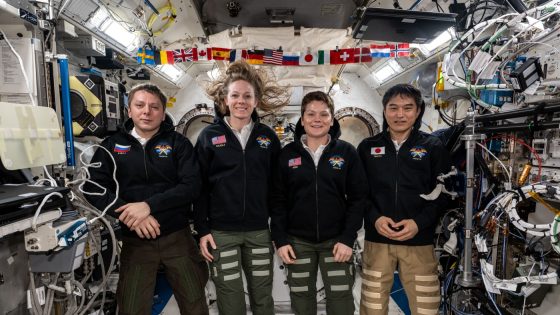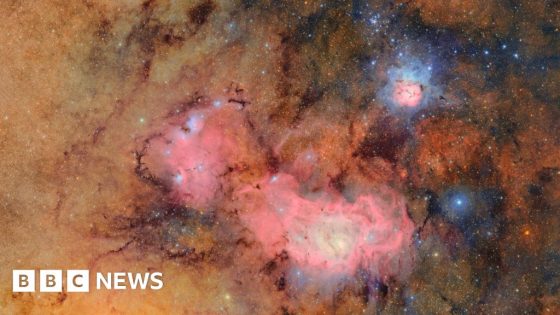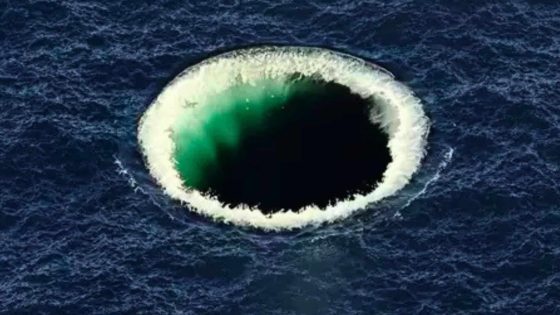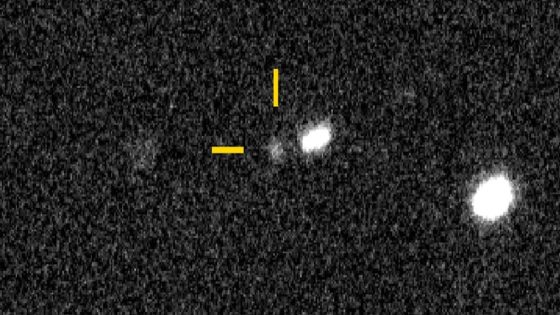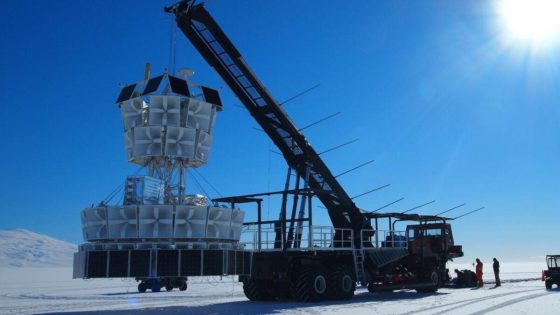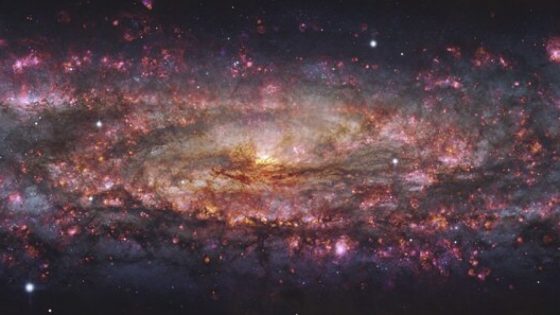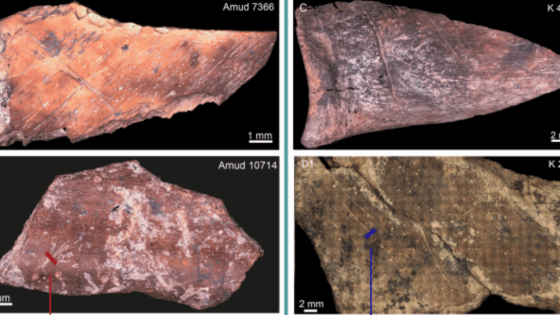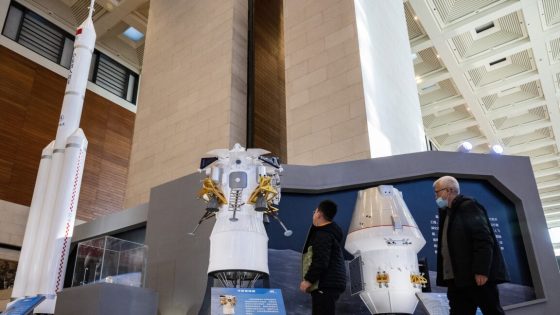A recent milestone in human space exploration occurred as NASA’s Crew-10 mission successfully returned from the International Space Station (ISS). This mission, which launched on March 2025-08-09 19:34:00, saw a diverse crew conducting over 200 scientific experiments.
- Crew-10 members included astronauts from NASA, JAXA, and Roscosmos.
- Capsule splashed down in Pacific Ocean.
- Crew conducted over 200 science experiments.
- SpaceX launched NASA astronauts 12 times.
- ISS retirement planned for end of decade.
- Crew-10 experienced significant physiological studies.
The crew, consisting of NASA astronauts Anne McClain and Nichole Ayers, JAXA’s Takuya Onishi, and Roscosmos’s Kirill Peskov, spent nearly five months aboard the ISS. Their work focused on preparing humans for future exploration beyond low-Earth orbit, addressing critical physiological and psychological changes that occur in space.
This mission raises important questions about the future of human presence in space. What will the next generation of space stations look like? How will commercial partnerships shape exploration? Consider these points:
- Continuous human presence on the ISS since 2000.
- SpaceX’s pivotal role in ferrying astronauts since 2020.
- Plans to retire the ISS by the end of the decade.
- Potential for commercial space stations in the future.
As we look to the future, the ongoing exploration of space offers exciting opportunities for scientific discovery. Will we see new technologies emerge to support long-duration missions beyond our planet?



